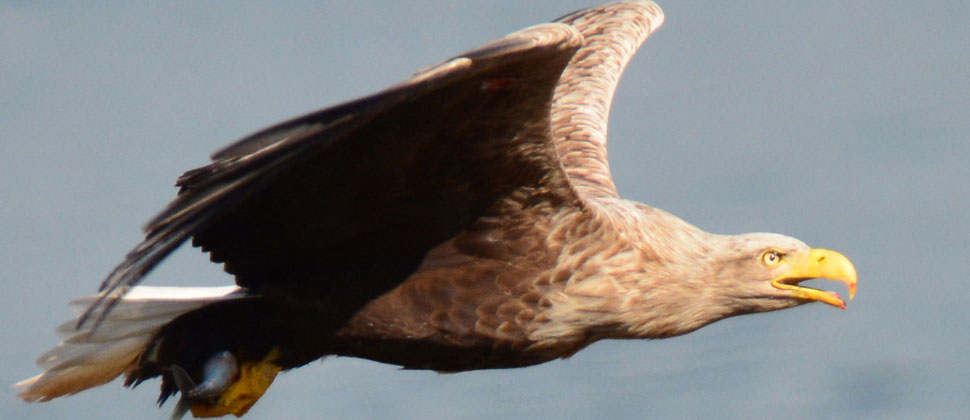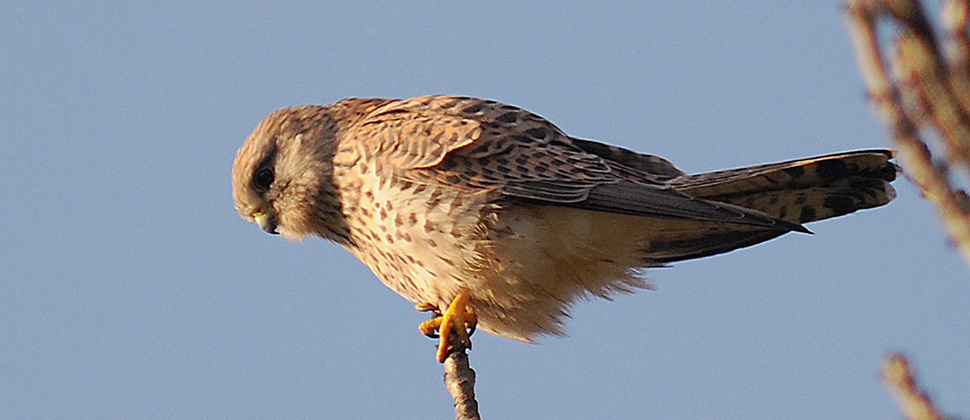News
: Sep 2013
30 September 2013
Today sees the welcome publication of the first annual Wildlife Crime Report for Scotland. The report has been published by the Scottish Government and refers to all wildlife crime reported in Scotland during 2012, including incidents of illegal raptor persecution. Following the enactment of the Wildlife and Natural Environment (Scotland) Act 2011, the government now has to produce these annual reports and these are expected to include detailed information about the number and type of reported wildlife crimes within a calendar year, as well as information about subsequent prosecutions. The 2012 report can be found here.
4 September 2013
Forestry Commission Scotland has published new guidance on how to plan and assess proposals for new woodlands in parts of Scotland that have been designated as Special Protection Areas for golden eagles. Read the FCS press release here.
2 September 2013
A new scientific publication raises concerns about the threat of secondary poisoning in some Scottish raptor species from agricultural rat poisons. Published in the journal Ecotoxicology, the paper suggests that statutory monitoring of rodenticide use may be neccessary.
Hughes, J., Sharp, E., Taylor, M.J., Melton, L. and Hartley, G. (2013). Monitoring agricultural rodenticide use and secondary exposure of raptors in Scotland. Ecotoxicology 22 (6): 974-984.
Abstract:
Despite the documented risk of secondary poisoning to non-target species by anticoagulant rodenticides there is no statutory post-approval monitoring of their use in the UK. This paper presents results from two Scottish monitoring schemes for the period 2000–2010; recording rodenticide use on arable farms and the presence of residues in raptor carcasses. More than three quarters of arable farms used anticoagulant rodenticides; predominately the second generation compounds difenacoum and bromadiolone. There was widespread exposure to anticoagulant rodenticides in liver tissues of the raptor species tested and the residues encountered generally reflected agricultural use patterns. As found in other studies, Red Kites (Milvus milvus) appeared to be particularly vulnerable to rodenticide exposure, 70 % of those sampled (n = 114) contained residues and 10 % died as a result of rodenticide ingestion. More unexpectedly, sparrowhawks (Accipiter nisus), which prey almost exclusively on birds, had similar exposure rates to species which prey on rodents. Although, with the exception of kites, confirmed mortality from rodenticides was low, the widespread exposure recorded is concerning. Particularly when coupled with a lack of data about the sub-lethal effects of these compounds. This raises questions regarding whether statutory monitoring of use is needed; both to address whether there are deficiencies in compliance with approval conditions or whether the recommended risk management procedures are themselves adequate to protect non-target wildlife.
1 September 2013
Earlier this summer the police reported the discovery of a dead buzzard that had been found near Carcant Hill, Heriot at the end of June. A post-mortem revealed the bird had been shot although it wasn’t clear whether that was the cause of death. Further tests have now revealed that the bird was killed by poisoning. PC Hannah Medley, a police wildlife crime liaison officer, is investigating the case. More details on the BBC website here.
Archive:
2015
- February,
- January,
2014
- December,
- November,
- October,
- July,
- June,
- May,
- April,
- March,
- February,
- January,
2013
- December,
- November,
- October,
- September,
- August,
- July,
- June,
- May,
- January,
2012
- December,
- November,
- October,
- September,
- August,
- July,
- June,
- May,
- April,
- March,
- February,
- January,





